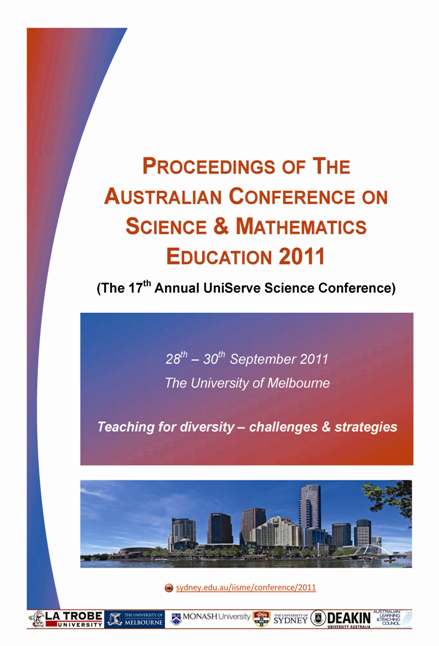Cultural content knowledge in Physics education
Abstract
Teaching physics is usually based on the disciplinary tradition and often presents various disciplines – such as classical mechanics and electro-magnetism – as harmonious components of one inclusive theory. Within a deconstruction of this view the subject matter is provided with features of culture, in the specific sense which emphasizes the discursive nature of science. This perspective implies triadic structure of scientific theory: nuclear-body-periphery. Nucleus includes foundation principles (the paradigmatic model and the method), body comprises applications of the nucleus and the periphery includes the knowledge elements contradicting the nucleus. This structure requires contribution from the history and philosophy of science of the type that is often ignored in disciplinary teaching (the “incorrect knowledge from the past), and it aims at the construction of cultural content knowledge (CCK) by the students. We argue for the necessity of CCK especially for the teachers of science. The triadic structure of the subject matter visualize and provides language to describe scientific revolutions, individual conceptual change in learning science (misconceptions), types of students’ preferences. This approach to teaching is more efficient to attain meaningful knowledge as well as more appropriate for the plurality and discursiveness of the modern culture. Yet, it keeps with the dialectic understanding of the complexity of science as objective and tentative, cumulative and revolutionary, discursive and certain without rejecting the genus of science as objective knowledge of people about nature.Downloads
Published
2011-10-13
Issue
Section
Keynote Presentations (Abstract)
